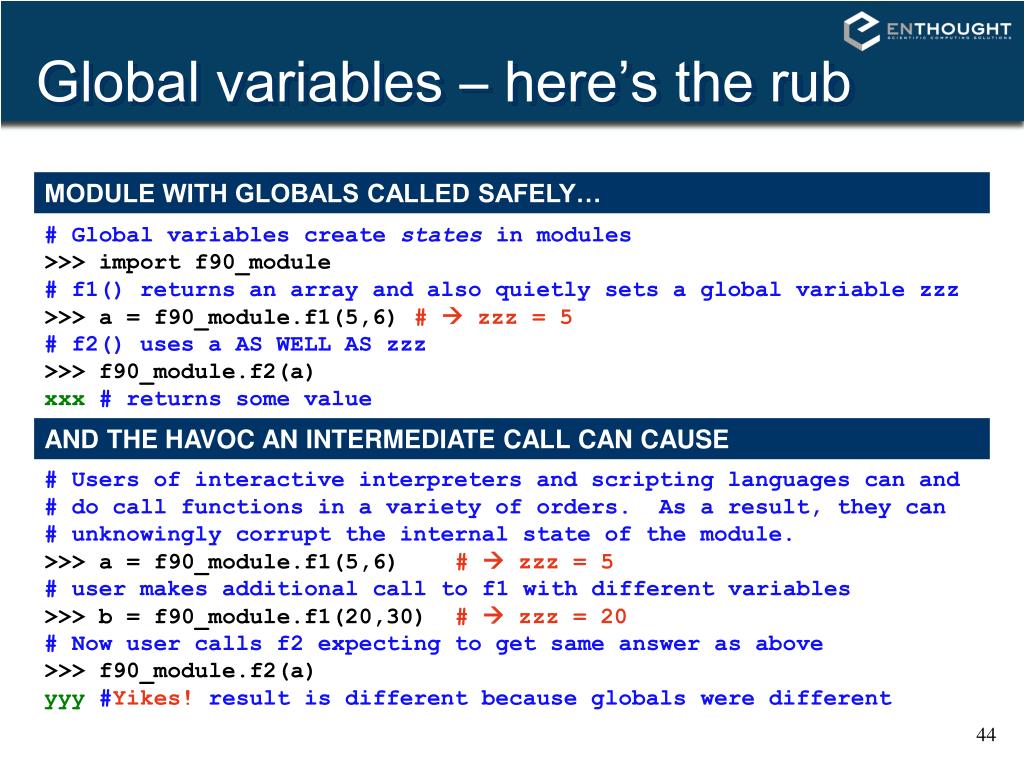Are Historic Homes a Good Investment?
Tempo’s 1995 replacement stood to be a far easier sell. But unlike the original compromised U.S. Escort, Contour was very close to its transatlantic cousin, having the same smooth, tightly drawn styling, plus an ultra-stiff structure and a sophisticated all-independent suspension that contributed to crisp, taut handling. Called Contour, it was another stab at a “world car,” born of “Ford 2000” thinking as an Americanized version of the year-old European Mondeo.
 But buyers didn’t seem to care. As mentioned, Taurus took over as America’s most-popular car line in ’92. The most-important interim development was standardizing the passenger air bag for ’94. The ’95 tally was almost as good: just over 410,000. Like Escort, Taurus wouldn’t see another major change until late decade. An interesting ’95 variation was the SE (Sport Edition) sedan, a kind of budget SHO delivering alloy wheels, rear spoiler, sport front seats, and other extras for about $18-grand with base 3.0-liter V-6 or just under $20,000 with the punchier 3.8. Interestingly, the smaller “Vulcan” V-6 got some needed NVH improvements in preparation for the all-new second-generation Taurus.
But buyers didn’t seem to care. As mentioned, Taurus took over as America’s most-popular car line in ’92. The most-important interim development was standardizing the passenger air bag for ’94. The ’95 tally was almost as good: just over 410,000. Like Escort, Taurus wouldn’t see another major change until late decade. An interesting ’95 variation was the SE (Sport Edition) sedan, a kind of budget SHO delivering alloy wheels, rear spoiler, sport front seats, and other extras for about $18-grand with base 3.0-liter V-6 or just under $20,000 with the punchier 3.8. Interestingly, the smaller “Vulcan” V-6 got some needed NVH improvements in preparation for the all-new second-generation Taurus.
The 1957 Fords were all-new, offering a vast array of V-8s from a 190-bhp 272 up to a 245-bhp 312. The 223-cid six was standard for all but one model. All were available with six or V-8 power. The glamorous droptop Sunliner was now a Fairlane 500 and came with the base V-8. Haulers comprised plain and fancier Del Rio two-door Ranch Wagons, a pair of four-door Country Sedans, and the wood-look four-door Squire — Ford’s priciest ’57 wagon at $2684. Both Fairlane series listed two- and four-door Victorias, plus thin-pillar equivalents that looked like hardtops with windows up.
Still, the speedy Ford V-8 was attracting a legion of fans. The V-8 itself got a new carburetor and manifold that increased advertised horsepower to 85 — some claim actual power was 90. By now, most of its early problems were just bad memories. Appearance became smoother still on 1934’s 40A line. The four-cylinder engine was breathing its last. Among them was no less than John Dillinger, who wrote Henry to praise the product — an unsolicited testimonial from Public Enemy Number One.
This “perfect storm” was also battering General Motors. And there was still the thorny problem of weaning buyers off the costly purchase incentives they’d been used to for years. But more downsizing wasn’t the answer. A final indignity for Ford was an exodus of talented people, a “brain drain” the company could ill-afford in this new crisis. Aside from enormous pension and health-care expenses, both companies had to contend with “job banks” of laid-off workers who still drew most of their former pay, thanks to lush contracts negotiated with management in palmy days. Like Ford, GM still relied too much on truck sales and was trying to “shrink its way back to profitability” in the face of market changes it hadn’t foreseen.


